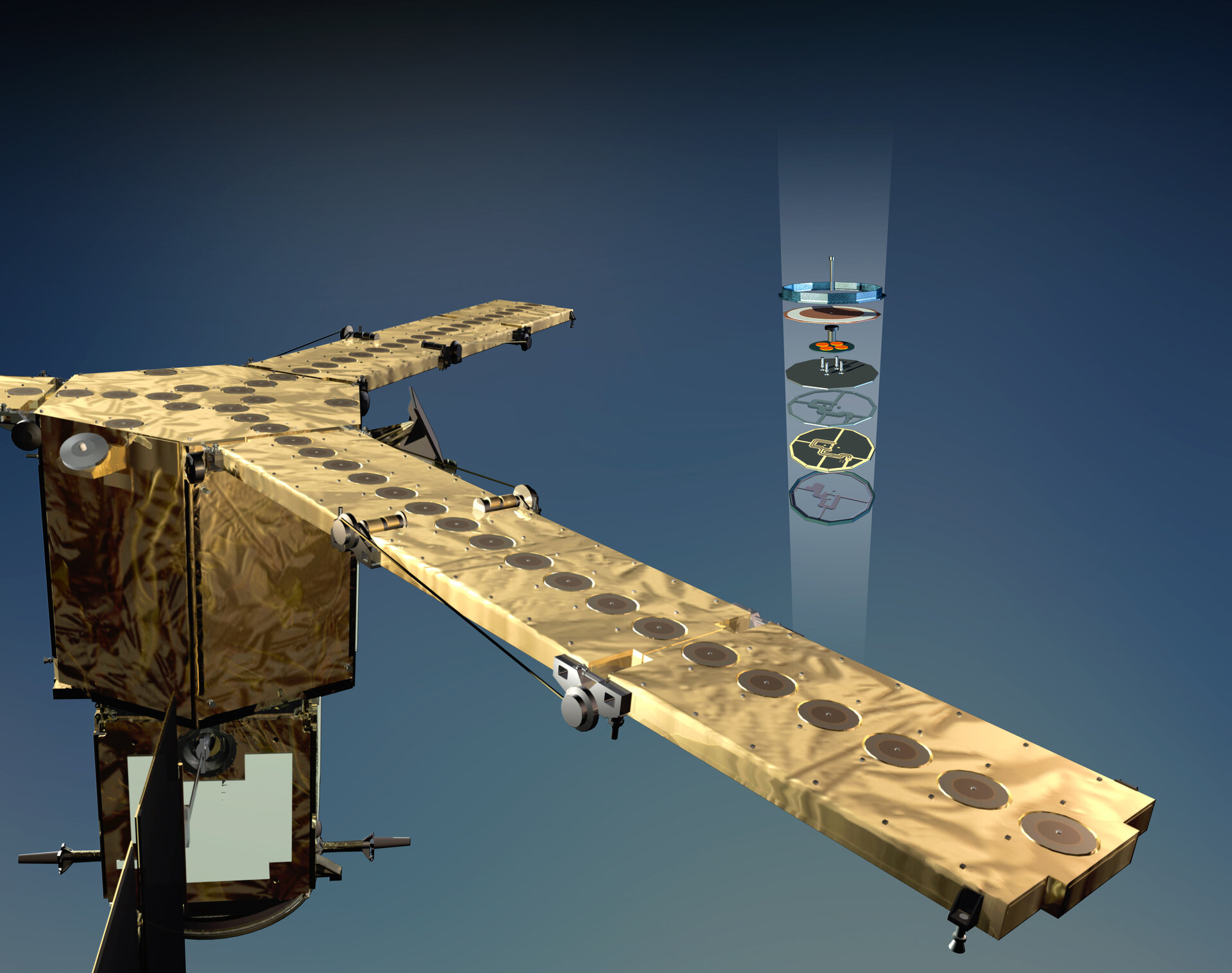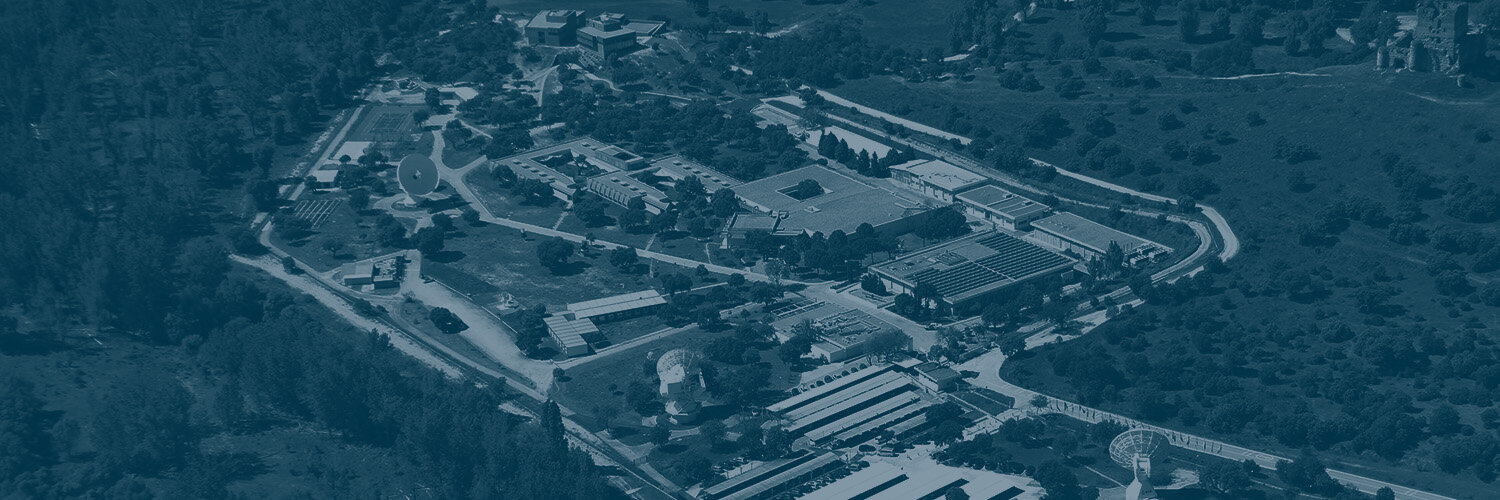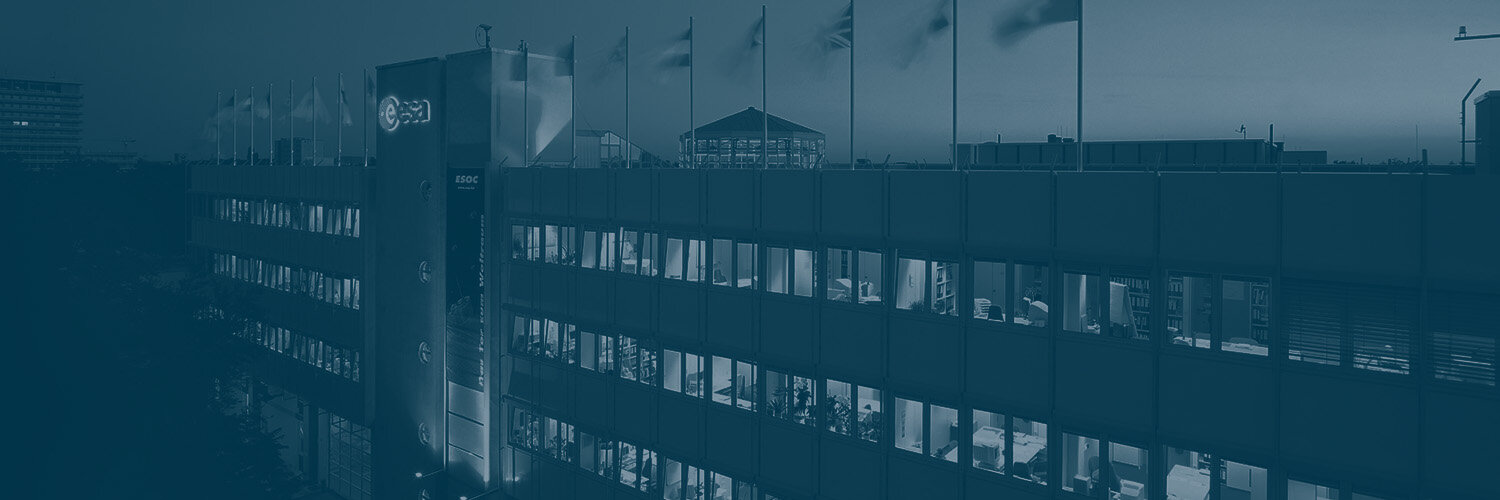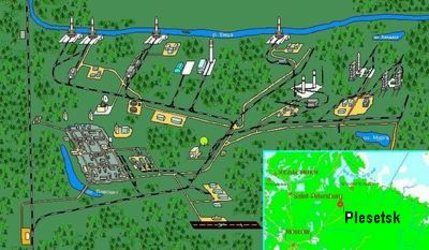ESA Operations team meets SMOS challenge
Unlike many Earth observation satellites that carry multiple instruments, SMOS has only one. In fact, it is bigger and heavier than the satellite platform itself, which is one reason why payload operations are a unique challenge for ESA’s Operations team.
ESA’s Soil Moisture and Ocean Salinity (SMOS) mission, due for launch on 2 November, will conduct global observations of soil moisture and sea-surface salinity to improve our understanding of the water cycle. The satellite carries a single instrument: the large Microwave Imaging Radiometer with Aperture Synthesis (MIRAS), a sophisticated type of radiometer.
MIRAS comprises a main central unit mounting three sensor arms spanning eight metres, and is much larger than the 1-cubic-metre Proteus satellite platform, which serves as the flight control unit. In fact, MIRAS weighs 355 kg, while Proteus weighs only 303 kg.
As a result, SMOS payload operations require a blend of skill in controlling both a complex scientific instrument and a satellite.
Operations expert in new role
Guillermo Buenadicha, SMOS Payload Operations Engineer, works at ESA’s European Space Astronomy Centre (ESAC), Spain, but he is part of the Agency's Operations team, which is based at ESOC, ESA’s European Space Operations Centre, Germany. Operations specialists at ESOC normally focus on satellite platform operations, so operating MIRAS is a unique challenge for Mr Buenadicha.
He says the MIRAS instrument is like a small satellite itself: “With its own processor and onboard data storage, MIRAS performs many functions normally handled by an instrument’s satellite platform. One result is that we must coordinate our activities at ESAC with those of other ESA teams at the ESTEC and ESRIN Establishments, plus with the mission’s partners, including the French space agency CNES and external data users."
Mr Buenadicha adds, “Much of my job is ‘traditional’ spacecraft operations: looking after daily onboard housekeeping tasks, checking parameters, planning data download, planning mission activities and generating commands. The unique aspect is that these actions are done for the MIRAS instrument, not the satellite itself.”
Mission operations at Toulouse, France
Regular flight control for SMOS is being performed at the CNES Satellite Operations Ground Segment, in Toulouse, France.
In addition to payload operations, ESAC is providing data reception and processing, with long-term archiving being done at the Kiruna station in Sweden. Earth scientists and other external data users will access SMOS's valuable data via ESRIN, ESA’s Centre for Earth Observation, Italy.
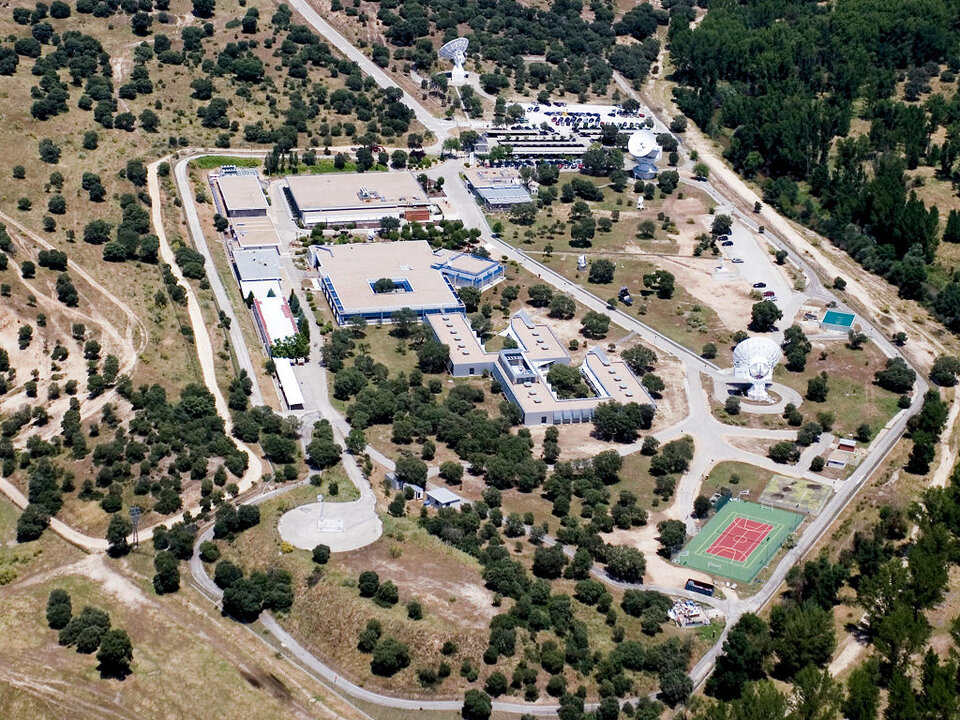
After launch and once SMOS is in the routine phase, the payload team at ESAC will monitor MIRAS daily, checking that data have been received, that the MIRAS microwave sensors – there are 69 of them – are working as expected, checking telemetry and making sure that observation activities are correctly planned.
MIRAS scans the ground below the satellite track, receiving radiation emitted by water and soil in the L-band, around 1.4 GHz. The initial data must be correlated and ‘crunched together’ in an onboard processor before they are downloaded.
Extensive ground measurements correlated with MIRAS data
On the ground, the raw datasets require a lot of processing and must be correlated with ‘ground-truth’ measurements of soil moisture and water salinity gathered via airborne sampling and shipborne measurements as well as via ground probes taken by teams at numerous locations worldwide, including Australia and Antarctica.
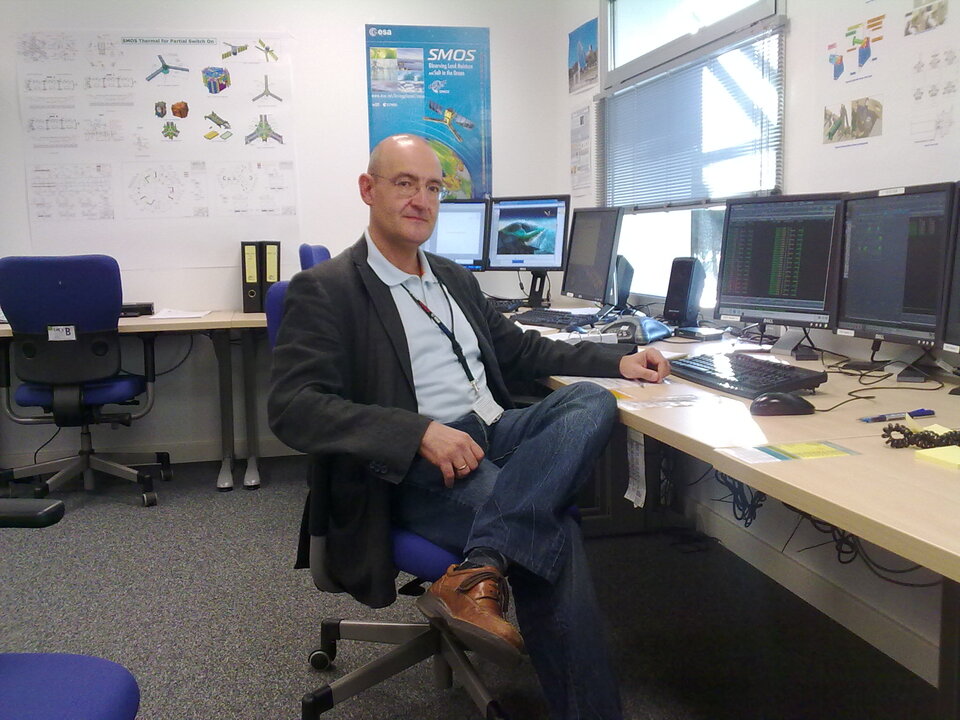
"Since MIRAS is an entirely new class of passive sensor that scans Earth’s surface as it flies overhead, we have very little existing data to which we can compare our results as the mission proceeds. Therefore, we will conduct a monthly calibration, pointing MIRAS toward the sky and using the cold, dark background of the Universe as a calibration reference," says Mr Buenadicha.
Much of my job is 'traditional' spacecraft operations. The unique aspect is that these actions are done for the MIRAS instrument, not the satellite itself.
Throughout the mission, Mr Buenadicha and his team mates working on payload operations can rely on support and assistance from operations experts at ESOC, from where several other of ESA’s Earth observation missions are now operated, in case of any problems and for software maintenance.
“Our ground segment software is based on that used for the original CryoSat satellite in 2005, so it’s getting old; we will be faced with upgrading it during the operating life of SMOS. That will be a challenge but ESA has done this before quite successfully, for example with the XMM-Newton astronomy satellite,” he says.
SMOS is scheduled for launch by a Russian Rockot vehicle from the Plesetsk Cosmodrome in northern Russia at 02:50 CET, 2 November.
After launch, the SMOS mission will begin its three-year operational phase to provide soil moisture and ocean salinity data to the European science community.
The lifetime of the satellite can be extended by two years, depending on its overall health and performance.


